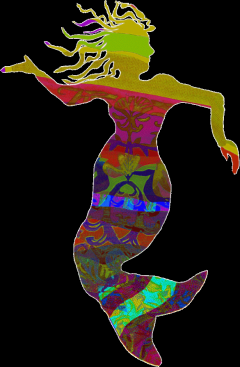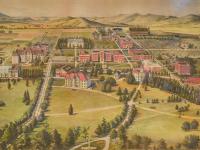Thanks for your patience during our recent outage at scalar.usc.edu. While Scalar content is loading normally now, saving is still slow, and Scalar's 'additional metadata' features have been disabled, which may interfere with features like timelines and maps that depend on metadata. This also means that saving a page or media item will remove its additional metadata. If this occurs, you can use the 'All versions' link at the bottom of the page to restore the earlier version. We are continuing to troubleshoot, and will provide further updates as needed. Note that this only affects Scalar projects at scalar.usc.edu, and not those hosted elsewhere.
Featured Books

Writing With Substance
Vimala C. Pasupathi
Entanglements
Diana Leong, Mark C. Marino, Jessica Pressman
Pathfinders
Dene Grigar, Stuart Moulthrop
FemTechNet Critical Race & Ethnic Studies Pedagogy Workbook
Anne Cong-Huyen, Christofer Rodelo, Erica Maria Cheung, alex cruse, Regina Yung Lee, Katie Huang, George Hoagland, Dana Simmons, Sharon Irish, Amanda Phillips, Veronica Paredes, Genevieve Carpio
Scalar 2 User's Guide

A Photographic History of Oregon State University
Larry Landis with OSU Digital Publishing
Complex TV
Jason Mittell
Growing Apart
Colin Gordon
Performing Archive
Jacqueline Wernimont, David J. Kim, Stephan Schonberg, Amy Borsuk, Beatrice Schuster, Heather Blackmore, Ulia Gosart (Popova)
Sound and Documentary in Cardiff and Miller's Pandemonium
Cecilia Wichmann
Unghosting Apparitional (Lesbian) History
Michelle Moravec
